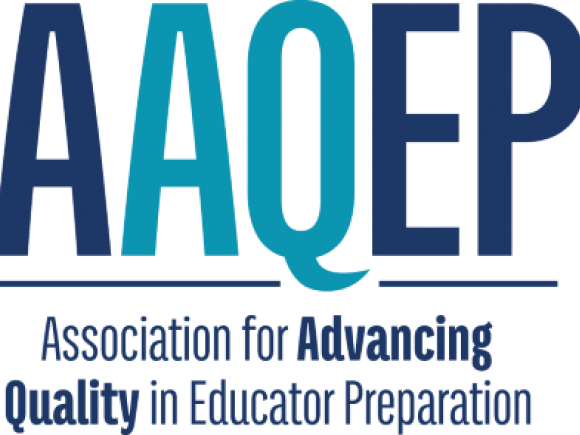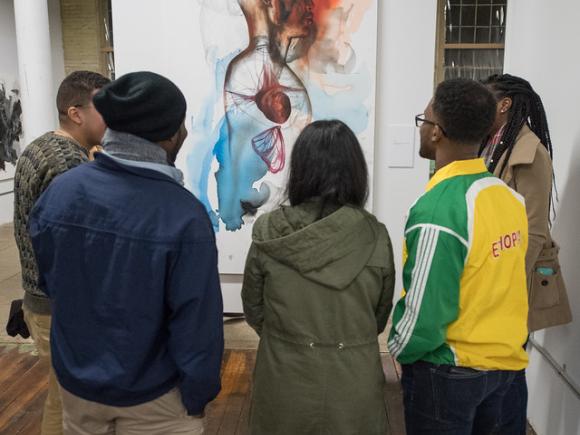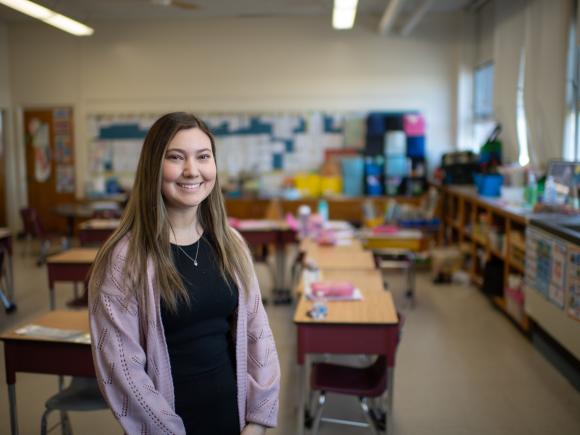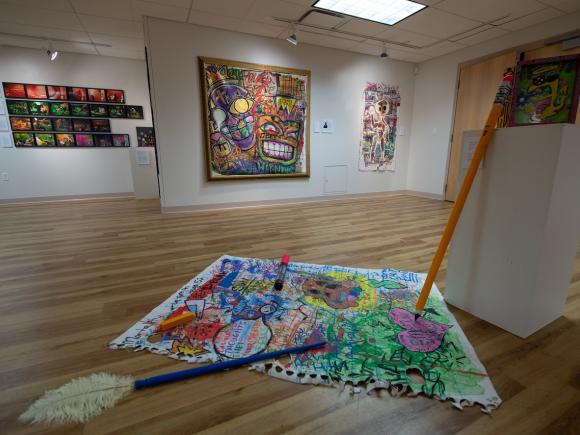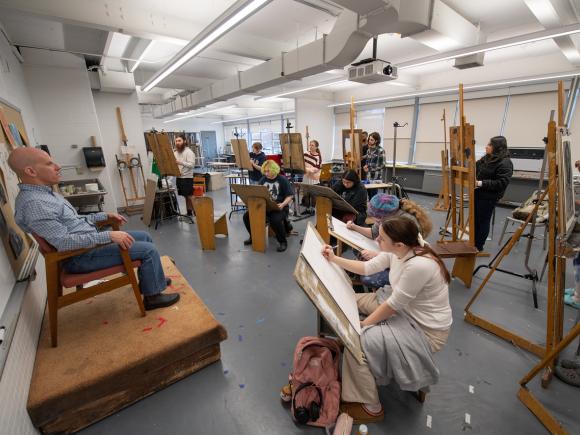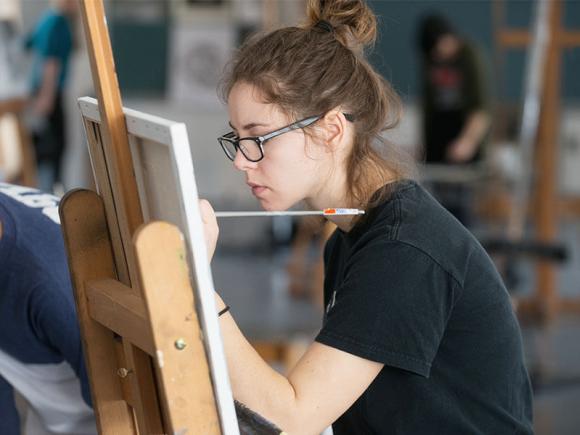
The Visual Art Education licensure program within the Bachelor of Arts in Art at Westfield State University offers a pathway for students aspiring to become art educators in Massachusetts. This program, which is both accredited by the Association for Advancing Quality in Educator Preparation (AAQEP) and approved by the Massachusetts Department of Elementary and Secondary Education (DESE), provides a blend of artistic skill development and pedagogical expertise. Students will gain a strong foundation in visual arts through coursework in various media, from drawing and design to ceramics, painting, and sculpture, while simultaneously preparing for a career in teaching. In addition to the Art major requirements, students pursuing licensure must complete a 36-credit professional preparation sequence, including courses in child and adolescent development, art education methods, and curriculum design, as well as practical experience through practicum placements in either elementary (PreK-8) or secondary (5-12) settings. Throughout the program, students are mentored to develop essential teaching competencies, reflecting the Education Department’s core values of diversity, social justice, community building, scholarship, inquiry, and critical reflective practice. To be eligible for student teaching and licensure, students must maintain a GPA of 3.0 in Art Education coursework, achieve Advanced Standing status, and pass the appropriate Massachusetts Tests for Educator Licensure. Upon graduation, students are well-prepared to enter the classroom as skilled, socially-conscious art educators, ready to inspire the next generation of artists.
